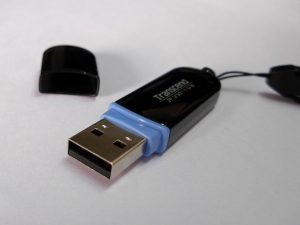Windows 10 Media Creation Tool
You’ll need a USB flash drive (at least 4GB, though a bigger one will let you use it to store other files), anywhere between 6GB to 12GB of free space on your hard drive (depending on the options you pick), and an Internet connection.
How big of a USB do I need for Windows 10 recovery?
Creating a basic recovery drive requires a USB drive that is at least 512MB in size. For a recovery drive that includes Windows system files, you’ll need a larger USB drive; for a 64-bit copy of Windows 10, the drive should be at least 16GB in size.
What size flash drive for Windows 10 install?
How to install Windows 10 Technical Preview from a flash drive
- An old desktop or laptop, one you don’t mind wiping to make way for Windows 10. The minimum system requirements include a 1GHz processor, 1GB of RAM (or 2GB for the 64-bit version), and at least 16GB of storage.
- A 4GB flash drive, or 8GB for the 64-bit version.
- Rufus, a free utility for creating bootable USB drives.
How do I put Windows 10 on a USB?
Just insert a USB flash drive with at least 4GB of storage to your computer, and then use these steps:
- Open the official Download Windows 10 page.
- Under “Create Windows 10 installation media,” click the Download tool now button.
- Click the Save button.
- Click the Open folder button.
How many GB do I need for Windows 10?
Here’s what Microsoft says you need to run Windows 10: Processor: 1 gigahertz (GHz) or faster. RAM: 1 gigabyte (GB) (32-bit) or 2 GB (64-bit) Free hard disk space: 16 GB.
Photo in the article by “Flickr” https://www.flickr.com/photos/ambuj/345356294

